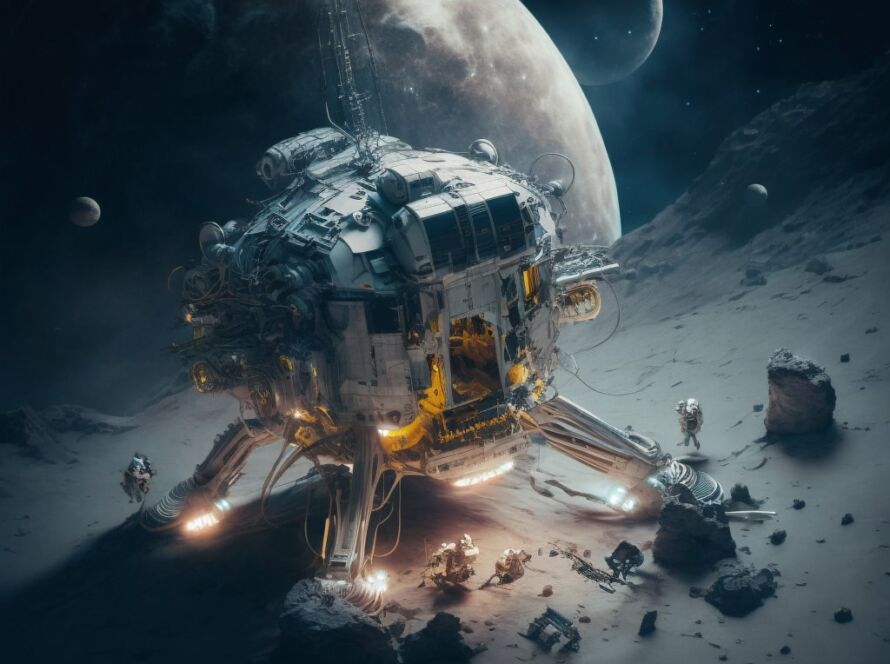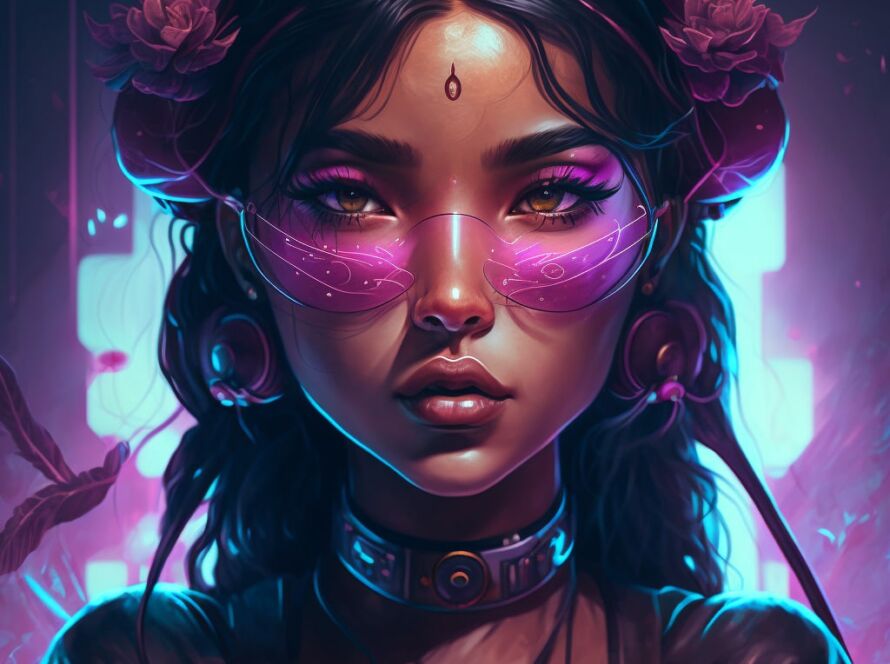The term “intelligent art” refers to the integration of artificial intelligence (AI) in the creation and enhancement of art. This new wave of art, often called next-level or intelligent art, is deemed “intelligent” due to the sophisticated algorithms and machine learning models that enable it. Here’s a detailed exploration of why next-level art is considered intelligent:
1. AI’s Role in Creativity
AI Algorithms and Models: Advanced AI algorithms, like Generative Adversarial Networks (GANs) and Neural Networks, can analyze vast amounts of data, recognize patterns, and generate new, creative outputs. These models can mimic human-like creativity by learning from existing artworks and producing original pieces that reflect unique styles and concepts.
Example: DALL-E, an AI model developed by OpenAI, can generate intricate and imaginative images from textual descriptions, showcasing a form of creativity that blends linguistic understanding with visual art.
2. Complex Problem-Solving
Generative Capabilities: AI can solve complex creative problems by generating images that humans might not conceive of on their own. This includes the ability to blend styles, create hyper-realistic images, and innovate new art forms.
Example: DeepArt uses neural networks to apply the style of famous artists to photographs, solving the complex problem of maintaining content integrity while transforming stylistic elements.
3. Learning and Adaptation
Adaptive Learning: AI systems continuously learn and adapt from new data. This means that over time, they can refine their techniques, improve their outputs, and respond to new artistic challenges with greater sophistication.
Example: AI art platforms like Artbreeder allow users to interactively modify images, and the AI adapts to these inputs, learning user preferences and creating increasingly refined and personalized artwork.
4. Interdisciplinary Integration
Combining Disciplines: Intelligent art often merges principles from various fields such as computer science, neuroscience, and visual arts. This interdisciplinary approach enables the creation of art that is not only visually appealing but also intellectually stimulating.
Example: Neural style transfer combines computer vision and artistic techniques to produce works that are both scientifically intriguing and artistically profound.
5. Enhanced Efficiency and Precision
Automation and Precision: AI can automate tedious and repetitive tasks in the art creation process, allowing artists to focus on the more conceptual and creative aspects of their work. AI tools can also achieve levels of precision and detail that might be challenging for humans.
Example: Adobe Photoshop’s AI-powered features, such as Neural Filters, enhance images with precision and allow for complex edits with just a few clicks, demonstrating the efficiency and precision of intelligent art tools.
6. Unprecedented Innovation
Creating the Unimaginable: AI can generate novel ideas and forms of art that push the boundaries of traditional aesthetics. This innovation stems from the AI’s ability to explore vast creative spaces that humans might overlook.
Example: GAN-generated art often includes surreal and abstract elements that challenge conventional artistic norms, creating entirely new genres of digital art.
7. Interactive and Collaborative Creation
User Interaction: AI art platforms often involve user interaction, where the AI responds to user inputs, creating a collaborative environment. This interactive process allows for real-time feedback and dynamic evolution of the artwork.
Example: Platforms like Runway ML enable artists to collaborate with AI in real-time, adjusting parameters and seeing immediate changes, making the creative process more dynamic and interactive.
Conclusion
Next-level art is called intelligent because it leverages AI’s advanced capabilities in learning, problem-solving, and creativity. AI tools and algorithms bring a new dimension to art creation, blending technical precision with artistic expression. This fusion of technology and art results in innovative, adaptive, and sophisticated creations that push the boundaries of traditional art forms. As AI continues to evolve, the potential for intelligent art to revolutionize the artistic landscape is boundless, offering new opportunities for creativity and exploration.


